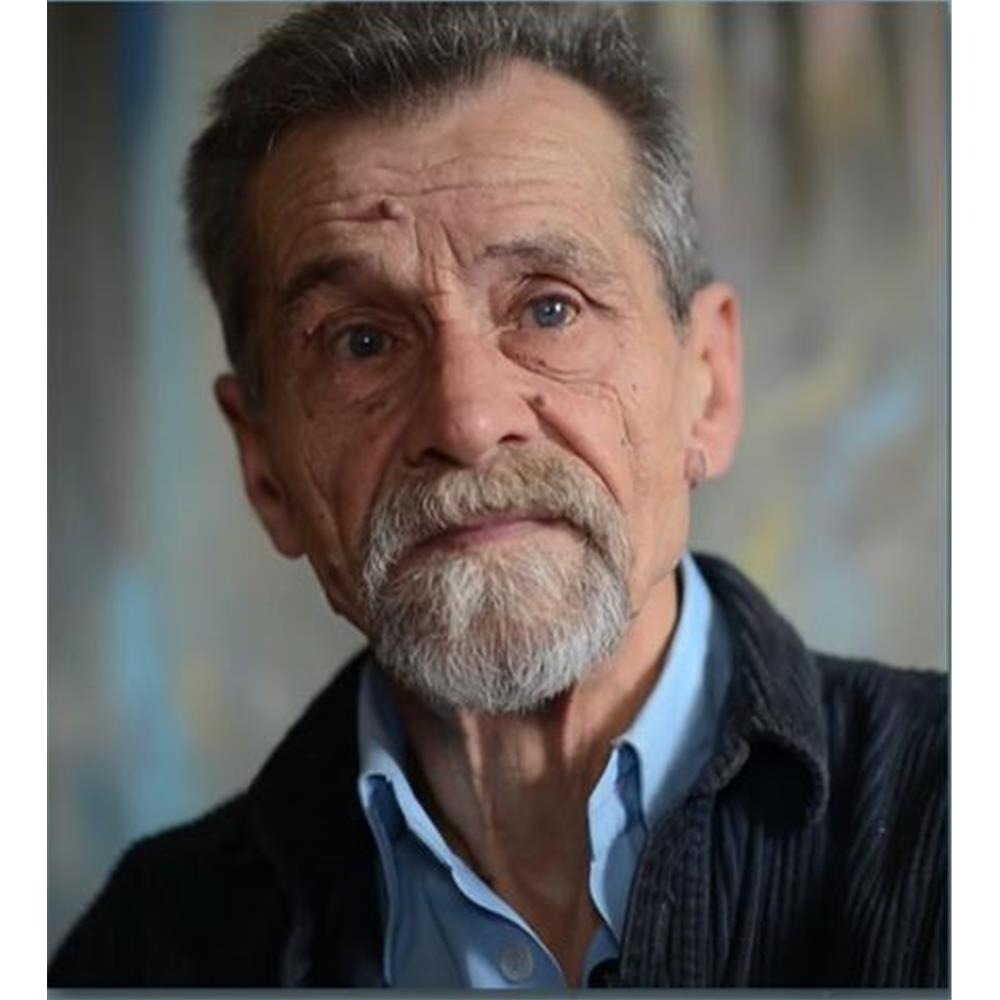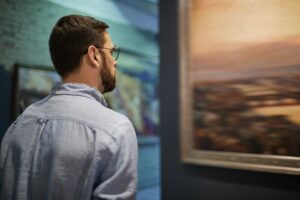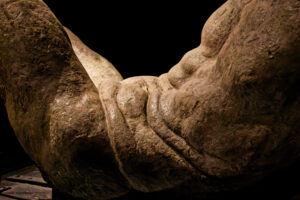
Ukrainian self-taught painter, from 1986 to 1989 Petro Yemets worked as a liquidator in the decontamination of the Chernobyl nuclear disaster area, an experience that profoundly influenced his life and his art. The artistic need to describe the catastrophe and its consequences is stronger than fear, and Yemets decides to stay in the contaminated area. «From the first impact with the reality of the disaster, surreal and terrifying, I decided that I would do everything to answer the question: will life ever return to this hell?» he once declared to the writer and journalist Francesco Bigazzi (from the book “Testimone a Chernobyl”, 2020). In his paintings he records the evolution of the consequences on nature, on the buildings once populated by men, and the impact on people’s souls, also expressing in symbolic forms the amazement and anguish, the pain, the courage, the fear and the hope, life and death. In the painting that gives name to the cycle of works created in those years in which he worked as a liquidator, The Bells of Chernobyl, Yemets depicts bells vibrating incandescently, parched by flames from which desperate hands rise. He seems to hear the screams.
Journalists have defined Petro Yemets as “the Chernobyl stalker”, in the sense of guide and explorer: the painter in fact willingly accompanied people into the forbidden zone to show the anomalies in nature that he had found while searching the area contaminated by radiation, such as gigantic mushrooms and strange inflorescences. An enchanting and terrifying reality at the same time, which he documented in his works.
However, Yemets’ work is not limited to the Chernobyl experience alone: traveling around the world he painted landscapes on paper and canvas, which he then collected in the series …And I will bow to all the temples of the world. The Art of War cycle is dedicated to the civil war in Yugoslavia. Sarajevo 1995.
Member of the Union of Ukrainian Painters since 1989, he has held numerous personal exhibitions in Kiev (1982, 1988-89, 1990. 1992-1994, 2002), but also in New York (1992), in Catania (1993) and in Strasbourg ( 1994).



